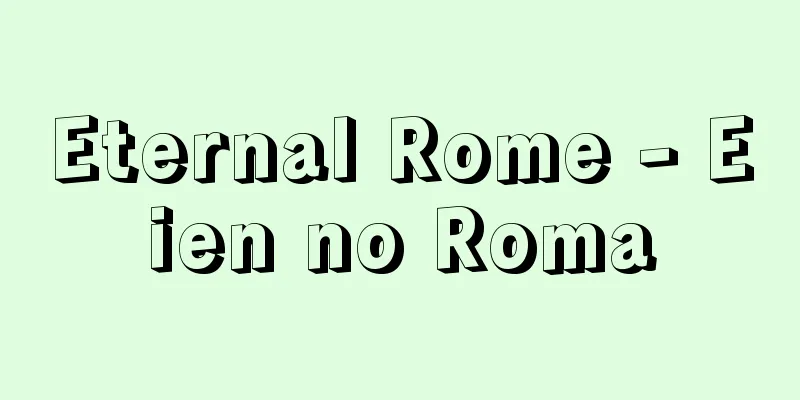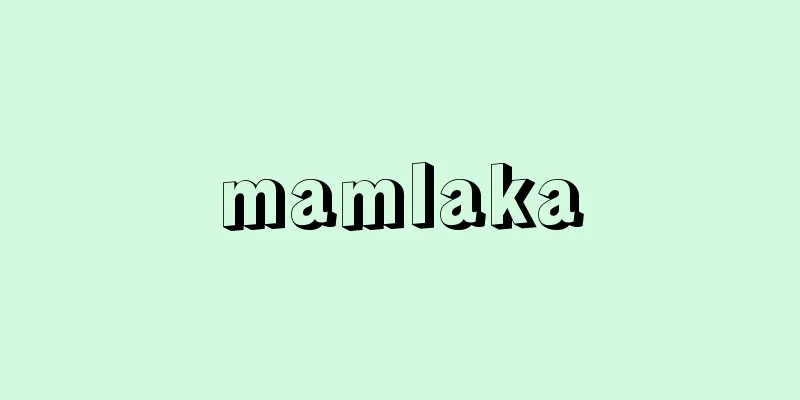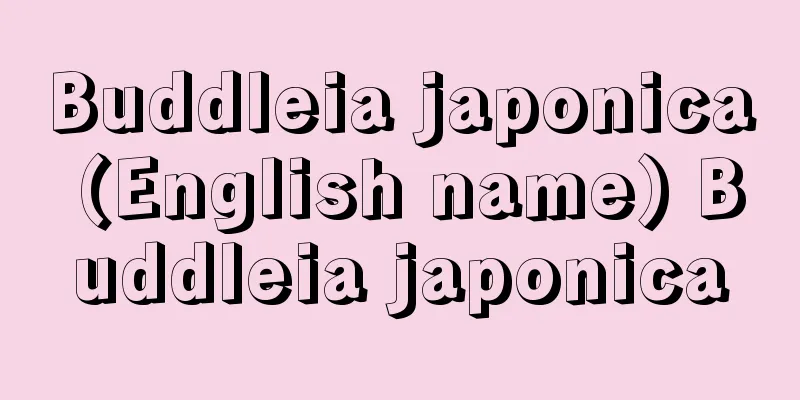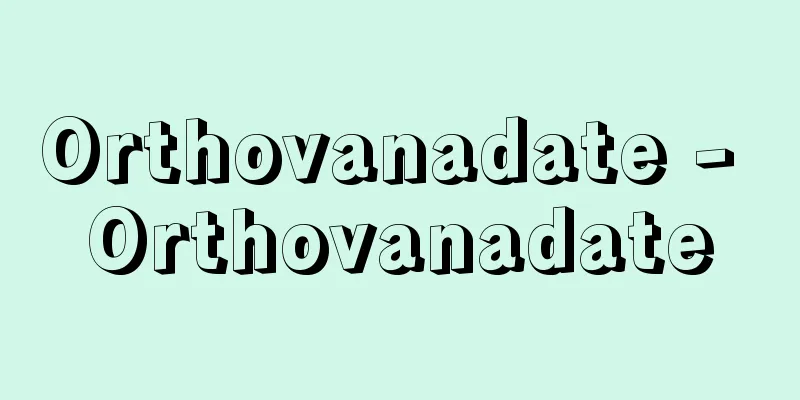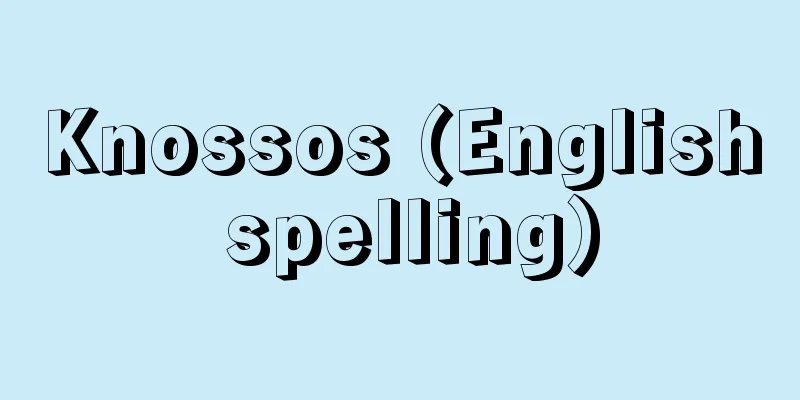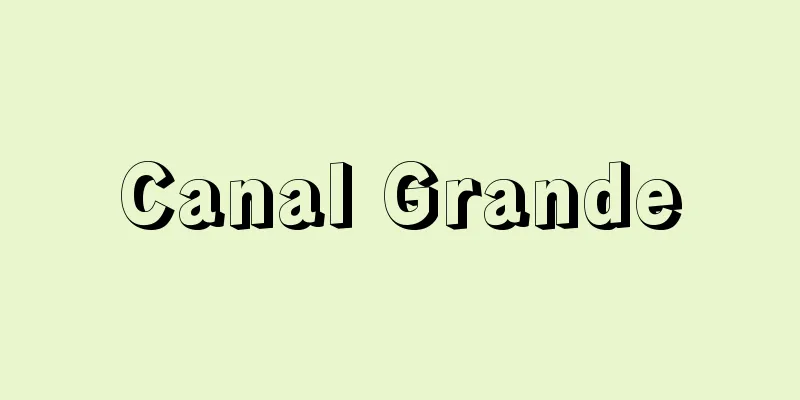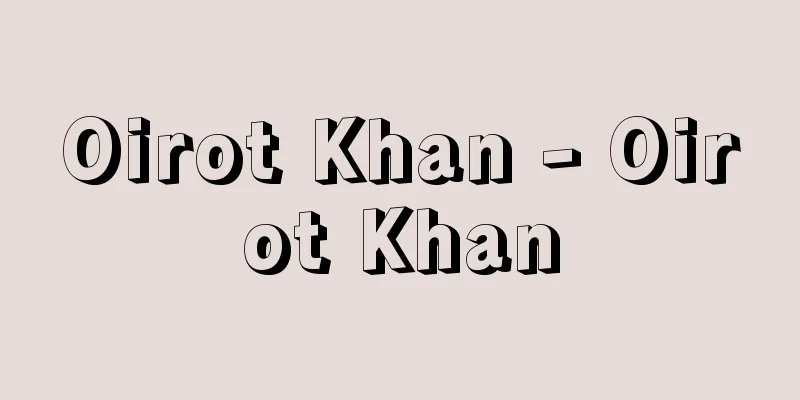Ideograms - Hyoimoji
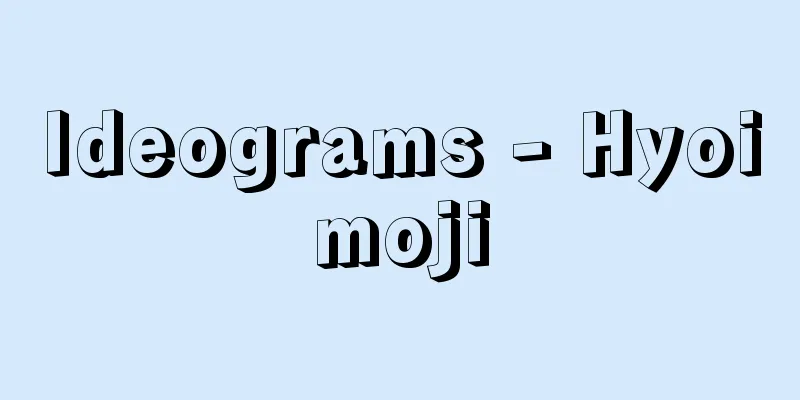
|
A writing system in which the units represented by each character are at the level of word form and are not further divided. In addition to the so-called hieroglyphs, i.e. Sumerian and Egyptian characters, Chinese characters are also considered to be examples of this. However, from one point of view, Chinese characters are syllabic characters. The basic vocabulary of Chinese is all monosyllabic, and therefore each Chinese character represents one syllable (a phonetic character as defined by IJ Gelb). However, the decipherers of ancient characters have recognized the ideographic characteristics of the origins of Chinese, Sumerian, and Egyptian characters, and have specifically called them ideographs. They have also recognized the phonetic characteristics, and have called them phonographs. These are a contrast between the nature of the origins of characters within the ancient writing system. In the theory of origin of characters presented in the Shuowen Jiezi by Xu Shen of the Later Han Dynasty, pictograms and instructions are considered to be "text" (sugata), and phonetic/compound ideograms are considered to be "characters" (toriawase). Furthermore, transliteration, along with "text" and compound ideograms, is considered to be ideographic, while borrowed words are considered to be phonetic along with phonetic/phonetic characters, with the majority being phonetic. Moreover, ideograms also maintain their phonetic function insofar as they represent words. If we are to seek pure ideograms, we must return to the stage of pictographs, which existed before letters. This is because characters already involve (a) a connection with a certain word form and (b) phonetic ateji (i.e. borrowed words). [Kusakabe Fumio] [Reference] | | |Source: Shogakukan Encyclopedia Nipponica About Encyclopedia Nipponica Information | Legend |
|
各字の示す単位が語形の段階にとどまり、それよりさらに細かく分割して示すことのない文字体系。いわゆる象形文字hieroglyph、すなわちシュメール文字やエジプト文字に加えて漢字もそれにあたるとされる。ところが、漢字は一面からみれば、音節文字である。漢語の基本語彙(ごい)はすべて一音節語で、したがって漢字の各字は音としては1音節を表示する(ゲルブI. J. Gelbのいう表音文字である)。しかし、古代文字の解読者たちは、漢字やシュメール文字やエジプト文字の字源の表意的な特徴をとらえて、とくに表意文字ideographとよんだのである。それに伴って表音的な特徴をも認め、表音文字phonographとした。それらは、古代文字の体系のなかで字源のあり方を対比させたものである。後漢(ごかん)の許慎が『説文(せつもん)解字』に示した字源説、六書(りくしょ)のうち、象形・指示を「文(すがた)」とし、形声・会意を「字(とりあわせ)」とする。さらに、転注は「文」や会意とともに表意に、仮借(かしゃ)は形声とともに表音にあたり、表音が圧倒的に多い。しかも、表意文字も語を表す限りにおいて表音機能を併せ維持している。しいて純粋な表意文字を求めるなら、文字以前の絵文字pictographの段階に立ち戻らなければなるまい。文字ともなれば、すでに、(a)一定の語形との結び付きと、(b)表音的な当て字(すなわち仮借)とに踏み込んでいるからである。 [日下部文夫] [参照項目] | | |出典 小学館 日本大百科全書(ニッポニカ)日本大百科全書(ニッポニカ)について 情報 | 凡例 |
>>: Delusion of Possession - Hyoi Moso
Recommend
Stanley Falls - Stanley Falls
This refers to the rapids section of the Congo (Z...
Adrasteia
…Kronos, the father of Zeus, was born. It was a s...
Katsuragi Mikumari Shrine
…In the Kojiki, he appears as Ame-no-mikumari-no-...
Moschus berezovskii (English spelling)
…[Yoshiharu Imaizumi]. … *Some of the terminology...
Competitive Games
…It started as a school event. It was first held ...
Kinyo
A famous kiln from the Song and Yuan periods in C...
Commercial law - Shoho
The Significance of Commercial Law [1] Formal mea...
Immunoglobulin - immunoglobulin
Also called immunoglobulin. A general term for pr...
Aurelianum
…Before the Roman conquest, there was already a G...
Petrosavia sakuraii (Makino) JJ Smith (= Protolirion sakuraii (Makino) Dandy)
A perennial plant of the lily family that rarely g...
Climate climax
…There are several theories about how the climax ...
Yuba - Yuba
It is also written as yuba or yuba. It is a soy p...
Triangulation - Sankakusokuryo (English spelling) triangulation
A classic surveying method in which three visible...
Oendo - Oendo
...The site of Kuzume Castle (Yamada Castle), the...
L'âge d'or (English)
...A French film produced in 1930. Along with Un ...

